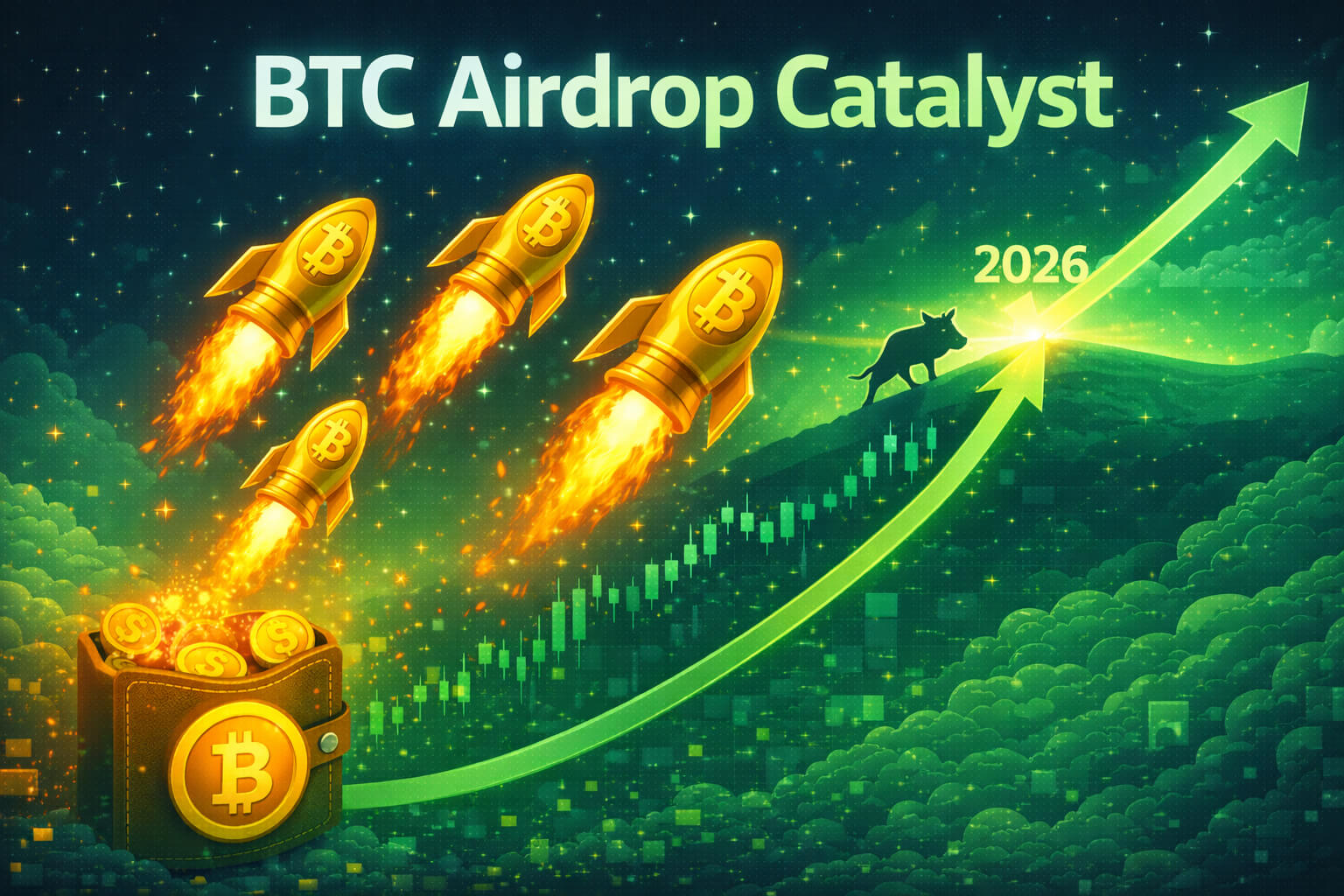1. Introduction: The Need for Speed and Efficiency in Cryptocurrency Payments
As cryptocurrencies become more mainstream, their use as a means of payment is increasingly scrutinized. Two of the most popular cryptocurrencies for payments are Dash and Litecoin, both of which were created to offer faster and cheaper transactions than Bitcoin. Although they share similarities, they also have distinct features that cater to different payment needs. In this article, we will compare Dash and Litecoin in terms of transaction speed, fees, security, and overall usability to help you determine which cryptocurrency is better suited for payments.
Why Compare Dash and Litecoin for Payments?
With an increasing number of merchants and users adopting cryptocurrency payments, it’s important to understand the differences between Dash and Litecoin. Both aim to provide a more efficient alternative to Bitcoin, but they do so in slightly different ways. Comparing these two cryptocurrencies will help you make an informed decision based on your specific payment needs.
2. Overview of Dash
Dash, short for “Digital Cash,” was launched in January 2014 by Evan Duffield as a fork of Bitcoin. Initially known as XCoin and then Darkcoin, Dash was rebranded to its current name in 2015. Dash aims to provide faster and more private transactions than Bitcoin, with a strong focus on user experience and usability. It achieves this through its unique two-tier network, which includes regular nodes and specialized nodes known as Masternodes.
- Key Features of Dash:
- InstantSend: Dash’s InstantSend feature allows transactions to be confirmed in less than 1.5 seconds, making it ideal for point-of-sale payments.
- PrivateSend: For users who prioritize privacy, Dash offers PrivateSend, which enhances transaction privacy by mixing coins within the network.
- Masternodes: Dash’s network is powered by Masternodes, which help facilitate advanced features like InstantSend and PrivateSend while providing additional security and governance.
2.1 Dash’s Payment Ecosystem
Dash has developed a robust payment ecosystem, with integrations across various payment processors, online merchants, and point-of-sale systems. This widespread adoption makes Dash a viable option for everyday transactions, especially in regions with high cryptocurrency adoption.
3. Overview of Litecoin
Litecoin was created by Charlie Lee in October 2011 as a “lighter” version of Bitcoin, often referred to as the “silver to Bitcoin’s gold.” Like Dash, Litecoin was designed to offer faster transactions and lower fees compared to Bitcoin. Litecoin has maintained its position as one of the top cryptocurrencies by market capitalization and is widely accepted by merchants and payment processors.
- Key Features of Litecoin:
- Faster Block Times: Litecoin’s block generation time is 2.5 minutes, compared to Bitcoin’s 10 minutes, allowing for quicker transaction confirmations.
- Lower Fees: Litecoin transactions generally have lower fees compared to Bitcoin, making it more cost-effective for smaller payments.
- Widespread Adoption: Litecoin is supported by a wide range of exchanges, wallets, and merchants, contributing to its strong presence in the payment space.
3.1 Litecoin’s Payment Network
Litecoin’s payment network is vast and includes support from major cryptocurrency payment processors, such as BitPay and CoinGate. Its integration with these services makes Litecoin a popular choice for both online and in-store payments, particularly for merchants looking for a stable and established cryptocurrency.

4. Transaction Speed Comparison
When it comes to payments, transaction speed is crucial, especially for point-of-sale transactions where immediate confirmation is needed. Both Dash and Litecoin offer faster transaction speeds compared to Bitcoin, but they achieve this in different ways.
- Dash Transaction Speed:
- Dash’s InstantSend feature allows for near-instantaneous transactions, with confirmations in under 1.5 seconds. This speed is achieved by leveraging the Masternode network, which locks the inputs of transactions until they are confirmed.
- Litecoin Transaction Speed:
- Litecoin’s block time of 2.5 minutes provides faster confirmations than Bitcoin’s 10-minute block time. However, it doesn’t match the speed of Dash’s InstantSend for real-time transactions.
5. Transaction Fee Comparison
Transaction fees are another critical factor to consider, especially for frequent payments or microtransactions. Both Dash and Litecoin offer lower fees compared to Bitcoin, making them more cost-effective options for payments.
- Dash Transaction Fees:
- Dash’s fees are typically very low, often just a few cents per transaction. The network’s Masternode system helps keep fees stable and predictable, even during times of network congestion.
- Litecoin Transaction Fees:
- Litecoin also boasts low transaction fees, usually under a dollar per transaction. The lower block times contribute to keeping fees manageable, making Litecoin suitable for both large and small payments.
6. Security Features
Security is paramount for any payment method, and both Dash and Litecoin provide robust security features. However, they approach security in slightly different ways.
- Dash Security:
- Dash’s security is enhanced by its Masternode network, which provides additional layers of security and governance. The PrivateSend feature also adds a layer of privacy, making it harder to trace transactions.
- Litecoin Security:
- Litecoin benefits from being one of the oldest and most established cryptocurrencies. It uses the same proof-of-work consensus mechanism as Bitcoin but with modifications that make it faster and more scalable.
7. Usability and Adoption
The usability of a cryptocurrency depends on its adoption by merchants and payment processors, as well as the availability of user-friendly wallets and tools.
- Dash Usability:
- Dash has focused heavily on usability, with a strong presence in regions with high cryptocurrency adoption, such as Venezuela. Its integration with various payment processors and user-friendly wallets makes it accessible for everyday transactions.
- Litecoin Usability:
- Litecoin’s widespread acceptance by merchants and payment processors, along with its integration with major wallets, makes it a convenient option for users looking to make payments in cryptocurrency.
8. Which is Better for Payments: Dash or Litecoin?
The choice between Dash and Litecoin for payments depends on your specific needs and preferences. If transaction speed is your top priority, Dash’s InstantSend feature provides a clear advantage. However, if you’re looking for a cryptocurrency with widespread adoption and a strong track record, Litecoin might be the better choice.
Conclusion: Dash and Litecoin in the Payment Space
Both Dash and Litecoin offer significant advantages for cryptocurrency payments, including faster transaction speeds and lower fees compared to Bitcoin. Dash excels in real-time transactions thanks to its InstantSend feature, while Litecoin’s widespread adoption and lower fees make it a solid choice for everyday use. By understanding the key differences between these two cryptocurrencies, you can choose the one that best meets your payment needs.
For more insights and detailed comparisons of cryptocurrencies, explore our Crypto Payment Guides section.
Stay Updated
For the latest updates on cryptocurrency payments and market trends, follow us on:
Stay informed with the latest strategies and insights in the world of cryptocurrency at FreeCoins24.io.
Special Offer
Ready to use cryptocurrency for payments? Sign up on Bybit today and take advantage of up to $30,000 in deposit bonuses. Start transacting with leading cryptocurrencies like Dash and Litecoin.

















